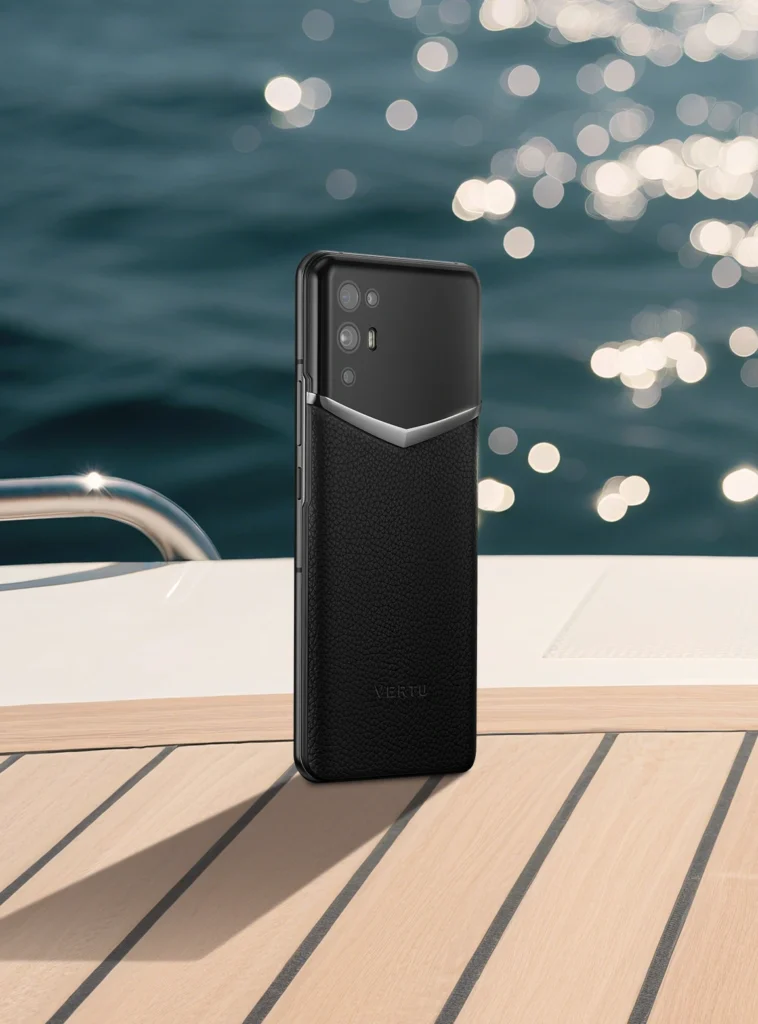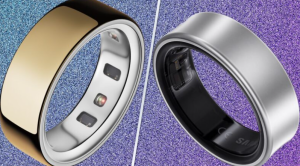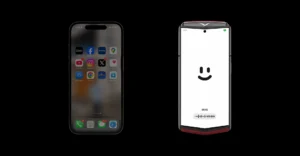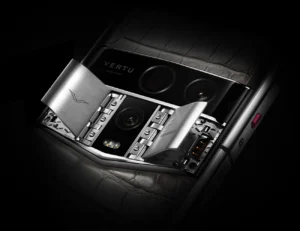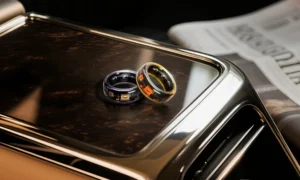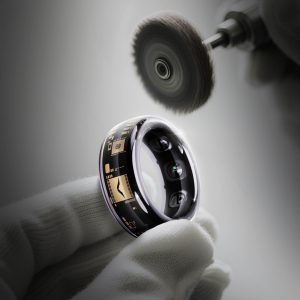Key Takeaways
-
In many regions of the U.S., Verizon often leads in coverage reliability (especially rural and interstates), while T-Mobile tends to lead in 5G speed and urban coverage; AT&T often strikes a middle ground.
-
Signal strength isn’t everything: signal quality, latency, network consistency, and whether the network is 4G/LTE vs 5G (low-band vs high-band) are equally important.
-
What “strongest” means depends on where you are (rural vs city), what you use (streaming, calls, gaming), and device differences (iPhone 17 vs earlier models).
What Defines “Strongest Signal” in Mobile Networks?
“Strongest signal” usually comprises multiple measurable attributes:
-
Signal Strength (e.g. RSRP / RSSI) — how strong the radio link is from the cell tower.
-
Signal Quality / SINR / RSRQ — how clean or usable that signal is, including interference and noise.
-
Availability / Coverage — fraction of time and geography where you actually have a usable signal.
-
Reliability — few dropped calls, few data interruptions.
-
Latency and Speed — how fast data responds, important for real-time apps.
Tools like Opensignal, WePlan, RootMetrics use these metrics. OpenSignal+2weplananalytics.com+2
Which U.S. Carrier Currently Scores Best in Signal Strength & Coverage?
Based on recent data from Opensignal, WePlan, and user-experience reports:
| Network Carrier | Rural Coverage | Urban 5G / Speed | Overall Reliability & Consistency | Typical Weakness |
|---|---|---|---|---|
| Verizon | Very strong — often best in remote areas and along highways. | Good, though its high-band mmWave coverage is more limited to dense city cores. | High reliability — fewer dropped calls and good consistent coverage. | Speed in 5G may lag behind T-Mobile in some urban micro-zones. |
| AT&T | Strong coverage in both rural and suburban zones; building penetration tends to be solid. | Good 5G speed and decent rollout. | Balanced performance; good consistency. | Sometimes lags in cutting-edge speed vs T-Mobile’s highest 5G bands. |
| T-Mobile | Improving rapidly in rural coverage with its Extended Range 5G & LTE. | Strongest in urban speed, especially with mid-band and high-band 5G. | Very good, though more fluctuation in fringe areas. | Rural dead zones can still occur; battery usage etc. |
Sources: Opensignal Reliability reports, WePlan’s signal strength/quality measurements. OpenSignal+2weplananalytics.com+2
iPhone 17: How Device Hardware Affects Signal Experience
The device matters, too. Even if you pick a carrier with “strongest signal,” performance depends on:
-
Antenna design in the iPhone 17 (which may be more optimized for certain bands).
-
5G support: low-band vs mid-band vs mmWave — higher bands offer speed but less penetration and shorter range.
-
Software & modem firmware which manage how aggressively the device searches for signal, manages switching between towers, etc.
In many tests, when users compare iPhone 17 on Verizon vs AT&T vs T-Mobile, Verizon often outranks in rural signal strength and consistency; T-Mobile often wins in urban throughput and speed.
Real-World Scenarios: What Signal Strength Does For You
Scenario A: Long Road Trip Through Rural Areas
-
Want consistent service for navigation and calls. Verizon likely best. AT&T second. T-Mobile improving but may drop out at stretches unless using low-band coverage.
Scenario B: City / Dense Urban Living
-
Speed, capacity, and 5G mid/high-band matter. T-Mobile often wins here, with AT&T close behind. Verizon good in city cores with mmWave, but coverage patchier depending on street, building materials.
Scenario C: Indoor / Office Settings
-
Building penetration, low-band LTE/5G matter. AT&T & Verizon often perform better indoors vs T-Mobile high-band which may be blocked more easily.
Table: Carrier vs Key Signal Metrics (U.S. Context)
| Metric | Verizon | AT&T | T-Mobile |
|---|---|---|---|
| % Time with Usable Signal (Rural) | Very High (~95%+ in many states) | High (≈ 90-95%) | Medium-High, improving |
| 5G Coverage (Low / Mid-Band) | Good | Good | Best among carriers currently |
| Urban Peak Speed | Strong (especially with mmWave where available) | Good | Best in many urban zones |
| Indoor Penetration | Very Good | Good-Very Good | Sometimes weaker for high bands |
| Network Reliability (Drops, Consistency) | Top tier | Very Good | Good, but more variable in fringe areas |
Note: exact % may vary by state and even by ZIP code.
Who Should Choose Which Network?
-
Frequent travelers / Rural Users → Verizon or AT&T
-
Heavy streamers / Gamers in Cities → T-Mobile
-
Office workers needing indoor work → AT&T or Verizon
-
Users who care about speed and new tech → T-Mobile (but check your area)
FAQ
Q: Does “5G” always mean stronger signal?
A: No. 5G has many flavors: low-band (good reach, weaker speed), mid-band (balance), high-band/mmWave (very fast, less penetration). In many cases, a strong LTE signal may outperform weak/no 5G.
Q: How do I check which carrier is best in my location?
A: Use tools like Opensignal, RootMetrics, or carrier coverage maps. Also crowd-sourced apps like CellMapper can show how real signal strength is in your ZIP code or neighborhood.
Q: Will upgrading to a new phone (e.g. iPhone 17) help improve my signal?
A: Possibly — newer phones often have better modems, more supported bands, and better antenna design. But if the carrier’s coverage is weak in your area, phone upgrade alone won’t fully compensate.
Q: How much does building material affect signal strength?
A: Quite a lot. Concrete, steel, glass all block or reduce signal, especially at higher frequencies. Low-band & mid-band signals penetrate much better indoors.

